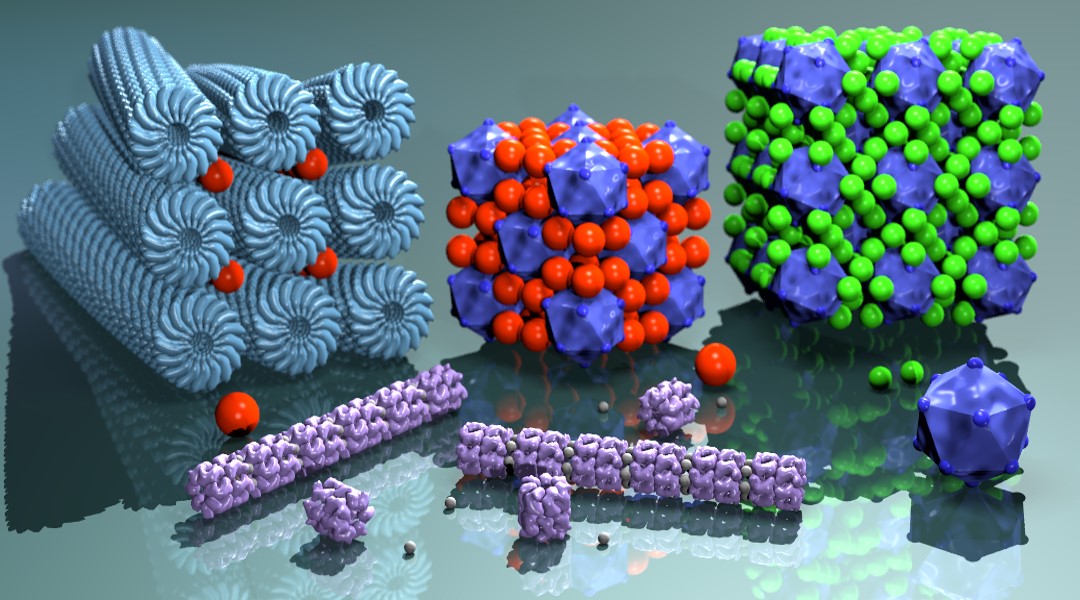Nature has optimized a vast variety of processes through selection and evolution. However, many of them remain unresolved or unmatched by current science. In order to match these demands, a new field based on biohybrid materials has emerged, which studies the combination of biomolecules and synthetic systems, resulting in a new type of functional material.
Among the few families of biomolecules available, proteins arise as the most versatile biomacromolecules with structural, recognition, transport, and catalytic functions. In fact, the precise assembly of proteins results in some of the most fascinating performances, such as highly efficient light-harvesting systems. Therefore, the immense potential of these highly ordered materials has drawn cross-disciplinary attention from chemists, biologists, and materials scientists.
In this WIREs Nanomedicine and Nanobiotechnology review, the Biohybrids Materials group from Aalto University gathers the most relevant studies in supramolecular protein assembly. The field presents several advantages compared with other type of protein assemblies: a high variability of structures and functions based on a limited amount of building blocks, none or small protein modification, and reversibility of the assembly leading to responsive materials.
The authors classified the assemblies attending to the geometry of the constituting protein scaffold, including spherical cages that assemble into 3D crystals, and rod-like virus or toroidal proteins that assemble into 2D arrays or bundle into 1D fibers. Importantly, the geometry of the protein in the nanoscale is transferred to the micro- and even the macroscale, determining the properties of the material.
These biohybrids present promising properties arising from the native protein, the co-crystallization agent, or the combination of both. Their potential has been applied in nanostructured heterogeneous catalysts, scaffolds and linkers for other functional moieties, and nanopatterned coatings. Therefore, these types of composites designed from a bioinspired approach have the potential to grow and expand the current pool of functional materials.

















